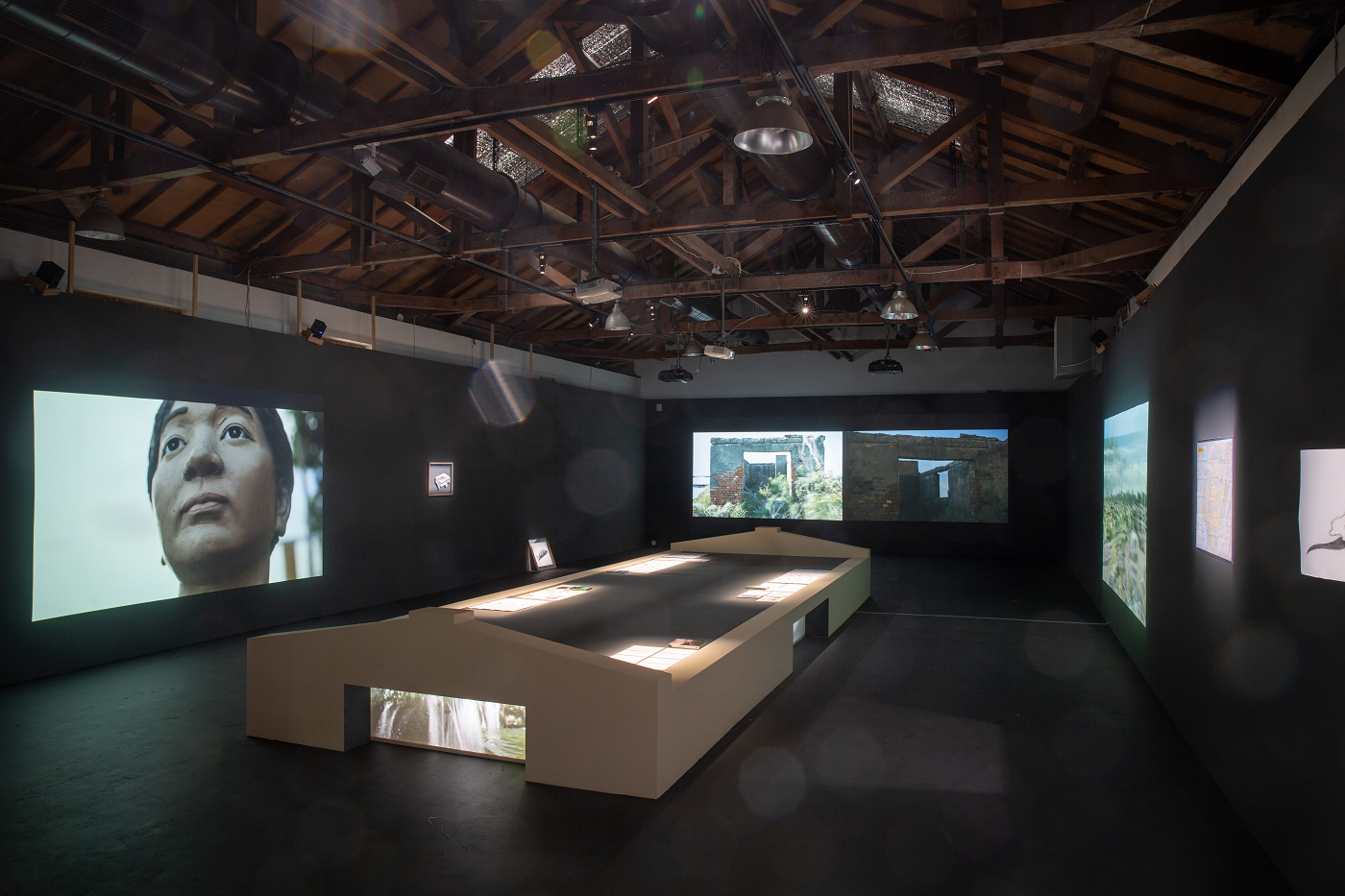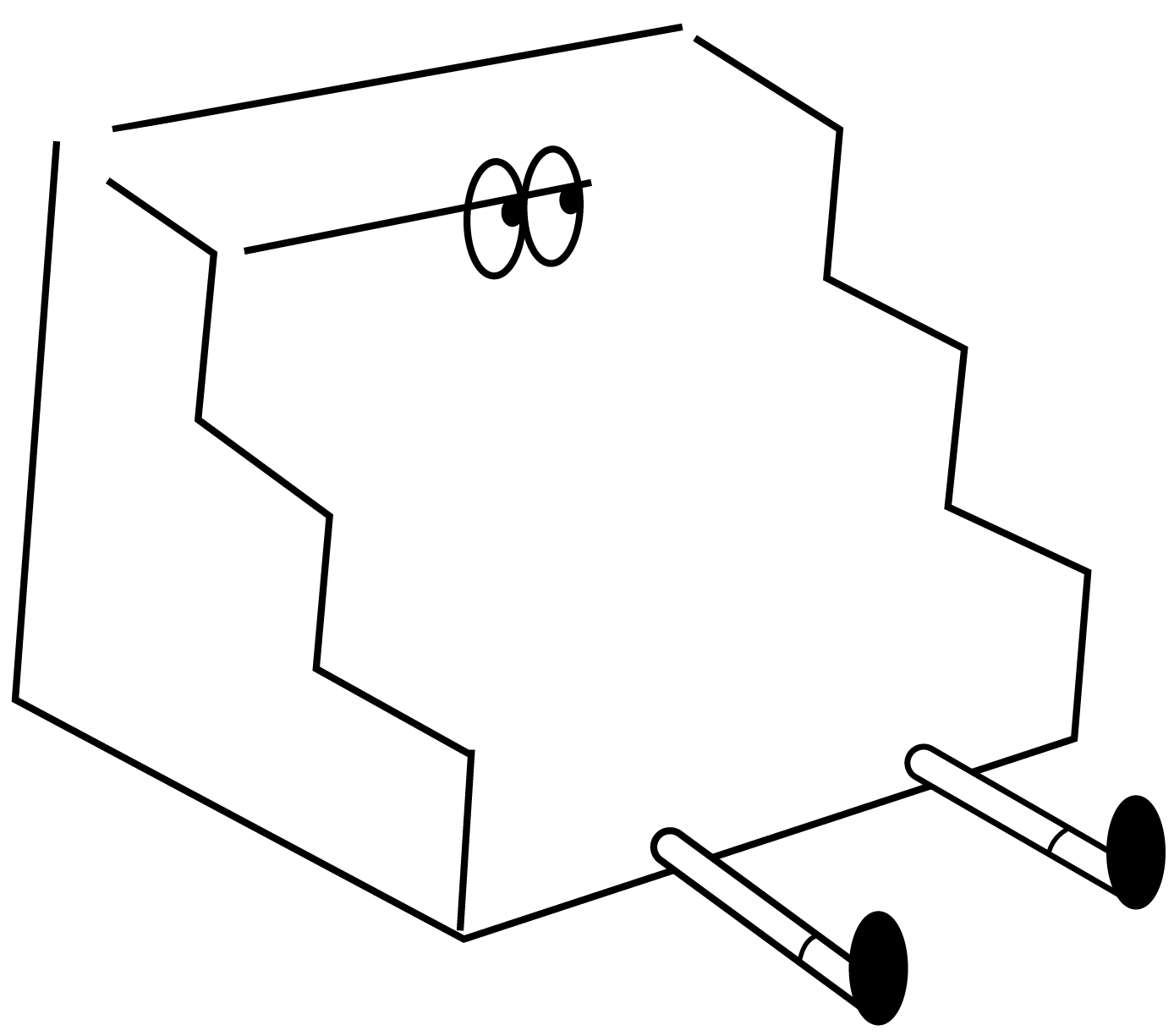











+ Co-produced with artist Chang Ken-Yao +
Floating Island
wooden seat, three sketches, maps, pottery sculptures, modification of ready-made objects, books, photocopy texts; three-channel videos
site-specific installation
2021
Tai-jiang Inland Sea, formerly known as the “sea of whale bones” in Dutch ancient literature, could probably be given the name for the shoals that looked like whale backs rising from water. Or maybe there had been whales losing their ways here and got stranded on the sandbanks called “kun shen (the body of a giant fish)”?
However, with the constant overflowing and diversion of rivers, no matter for the sea of whale bones or Daofong Lagoon, both the estuaries and the areas of inland seas are vanishing gradually because of riverbed silt. The phenomenon is called “Floating Island” in geography.
At present, we can only find some traces of these inland seas in Qigu and Beimen Districts as well as in those fish farms densely located along the west coast. The history of salt production in Taiwan is just like legacy of these inland seas through the imagery of salt crystals on the ground surface after the emergence of floating islands. Nowadays, as global warming is happening, we are seemingly able to envision sea level rise that submerges the land area once again from a futuristic perspective. Is it possible that even hái-iang (whale in Sirayan) aspires to return to land where its ancestors used to live? We, who yearn for the sea while being enchanted with the myth of giant fish, stroll along the border of ancient Soulangh (Siao-long in Sirayan) peninsula and contour the landscape of Daofong Lagoon with our body. The project extends from the artist’s exhibition “Continental Sea” in 2019. During her three-month residency, the artist has linked the projects through utilizing spaces, scripts, writing, and images while attempting to comprehend and envisage the interchangeable relationship between “inland sea” and “land at the border of sea and rivers” from the past to the present. The images refer to topology and the myth that are developed by the inland sea, salt, and whales. The gradual disappearance of the inland seas and what it may symbolically mean to Taiwan shall also be explored.
︎
+ 與藝術家張根耀共同製作 +
